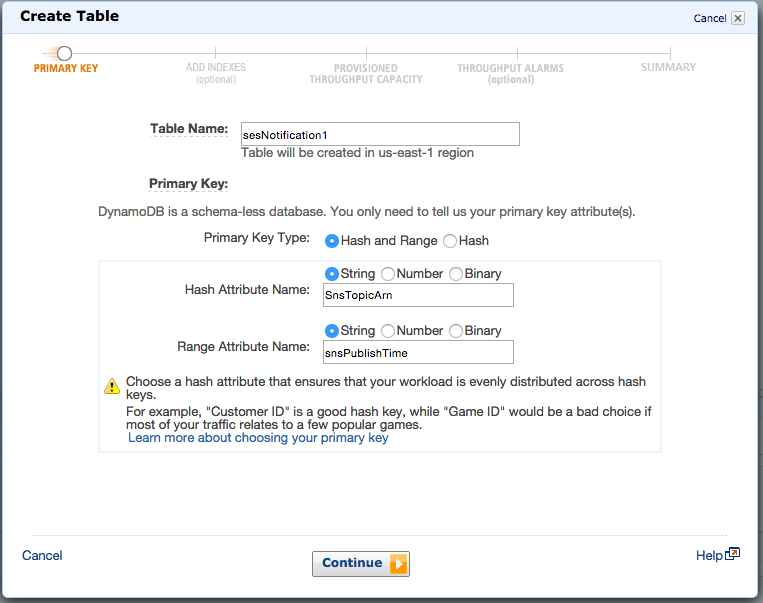

- #Lambda calculus beta reduction examples pdf
- #Lambda calculus beta reduction examples archive
- #Lambda calculus beta reduction examples plus
It's an extremely simple and basic thing. For example, the only thing lambda calculus lets you do is create terms consisting of symbols, single-argument anonymous functions, and applications of terms to each other (we'll look at the specifics soon). The big result in theoretical computer science is that these can all do the same thing, in the sense that if you can express a calculation in one, you can express it in any other.


#Lambda calculus beta reduction examples plus
#Lambda calculus beta reduction examples archive
&(f (\lambda x.\lambda y.x) \lambda g.This is a linkpost that I'm posting in response to a request to share more of the archive of my personal blog on LessWrong. It is written as a lambda calculus term L a m b d a L i s p = λ x. LambdaLisp is a Lisp interpreter written as a closed untyped lambda calculus term. is particulary interesting, consisting entirely of (s:
#Lambda calculus beta reduction examples pdf
Here is a PDF showing its entire lambda term, which is 42 pages long: LambdaLisp can be used to write interactive programs.Įxecution speed is fast as well, and the number guessing game runs on the terminal with an almost instantaneous response speed. Garbage collection during macro evaluation.Show the call stack trace when an error is invoked.Access to the interpreter’s virtual heap memory with malloc, memread, and memwrite.Object-oriented programming feature with class inheritance.Closures, lexical scopes, and persistent bindings with let.Universal Lambda interpreter clamb and Lazy K interpreter lazyk written by Kunihiko Sakamoto.The IOCCC 2012 “Most functional” interpreter written by John Tromp.The 521-byte lambda calculus interpreter SectorLambda written by Justine Tunney.When run on a lambda calculus interpreter that runs on the terminal, it presents a REPL where you can interactively define and evaluate Lisp expressions. The input and output text is encoded into closed lambda terms using the Mogensen-Scott encoding, so the entire computation process solely consists of the beta-reduction of lambda calculus terms. LambdaLisp is a Lisp interpreter written as an untyped lambda calculus term.


 0 kommentar(er)
0 kommentar(er)
